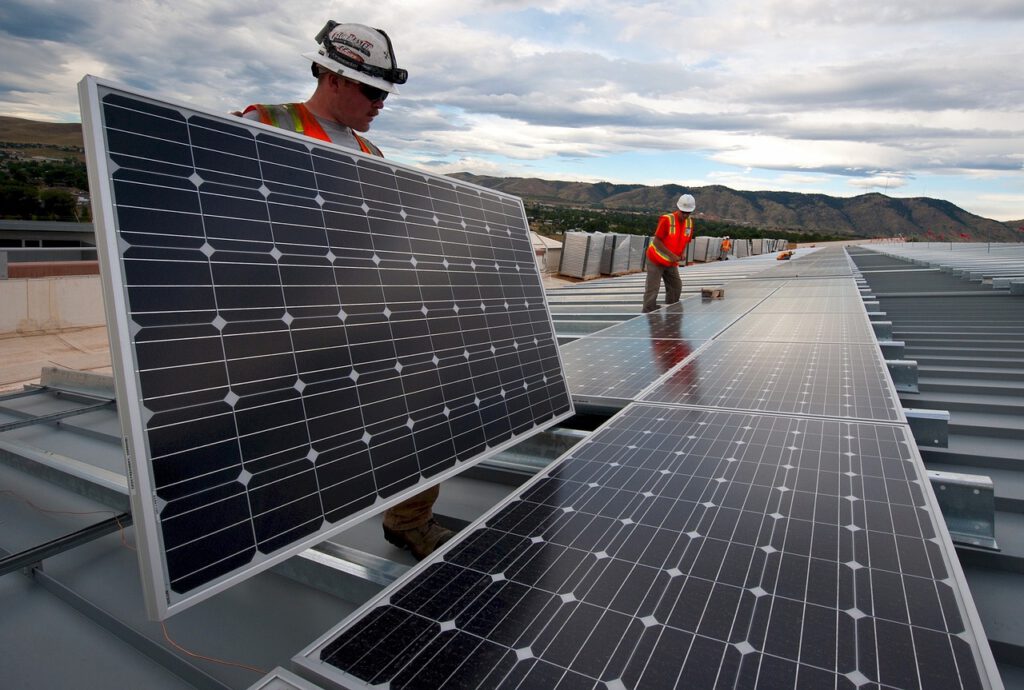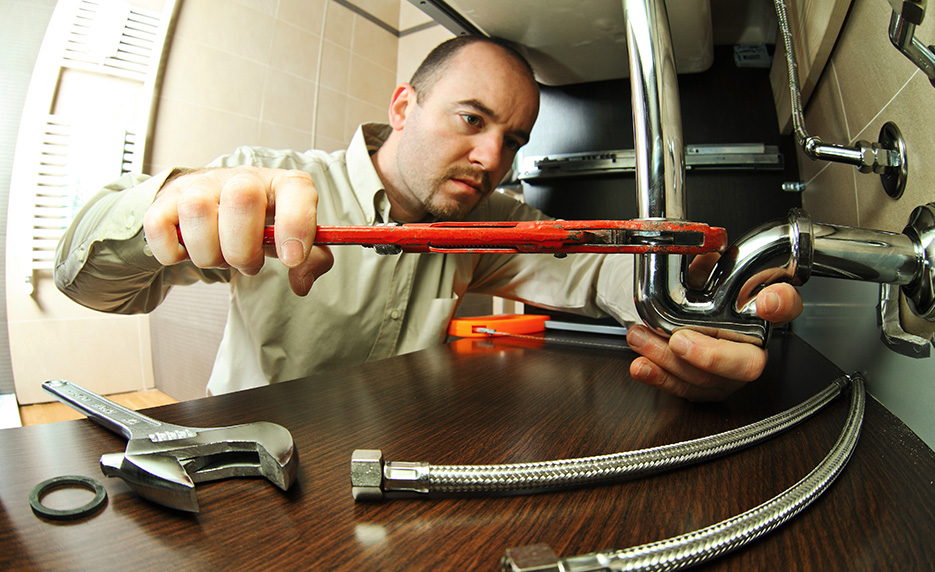
Oil furnaces are a heating system that burns fuel to heat your home. These furnaces look similar to gas furnaces but are typically cheaper. You can vent these furnaces through a chimney, or simply a pipe. To ensure your replacement of your existing oil furnace succeeds, you need to follow these steps.
An oil heating system may be more expensive than an electric or gas model at the beginning. An efficient furnace will save you money on fuel over the lifetime of your unit. An efficient model can help you save up to 25% on your annual fuel usage. It is important to consider how much maintenance it will take to keep your furnace running efficiently.
It is important to change the oil furnace's filter at least once a year in order to keep it operating at its peak. This will allow you to get rid of any sludge or debris that has built up in the filter. Make sure to follow the manufacturer's instructions when cleaning your filter. Also, make sure the filter is of the same size. To prevent your filter from getting worn out quickly, it should be changed every two years. It's easy to replace the filter.

The heat exchanger is another part of an oil furnace which needs to be cleaned. The burners in the furnace deposit soot in this component. Your furnace's lifespan will be extended if you keep the heat exchanger clean. Clean the strainer as well. It is a cylindrical- or cup-shaped wire mesh screening. The strainer should only be cleaned with a soft brush.
Depending on how you are using your furnace, you may need to adjust the draft regulator. This will ensure more efficient combustion. A qualified service technician can adjust the draft regulator. This may only be a matter of making minor changes.
An induced draft fan is also possible. This fan is normally installed downstream of the furnace. An induced draft fan can be added to your furnace to increase airflow and efficiency.
Oil furnaces are a complex piece of equipment. You should always have a qualified HVAC professional install and service it. An oil furnace will require a service contract, which is not the case for gas furnaces. Additional costs can be added to ownership due to oil furnaces being prone to leaks.

Many oil furnaces have a control panel. To remove this panel, you must first remove the retaining screws at the housing's perimeter. You can remove the access panel once the panel is removed. These panels are held in their place usually by hooks and bolts.
The majority of oil furnaces include a switch that allows you to turn on or off the system. There are also reset buttons. The reset button is typically labeled and found on the motor, or on the stack.
Oil furnaces have a long lifespan. Typically, an oil furnace will last for twenty-five years with proper maintenance. An older oil furnace might need to be replaced but a newer model should be capable of operating at a higher efficiency level.
FAQ
Can I cancel my contract at anytime?
Yes - but this must be done within 14 days of signing your contract. Your contract can be ended by giving notice in writing up to seven days before the deadline. In some cases, however, you might still owe contractor money for work done.
When do you have to pay the service/contractor bill?
The type of service provided will determine the payment schedule. For example, if you hire a contractor to install a new roof, you would typically make payments as soon as the work was completed. In contrast, if you buy a product from a supplier, such as a kitchen range cooker, you might only pay after receiving and testing the item.
Do you know of any way I could prepare before I negotiate?
Yes!
There are many different ways you can prepare yourself to negotiate.
One option is to set out the terms of the agreement in writing
Do I have to think about any additional factors?
Yes. Please check your local laws for details about what projects you are allowed to do and the conditions that you need. Some states require that you obtain council approval to build. Other states require that you notify the council of your plans. To find out their position on the matter, check with your local authorities.
Statistics
- (v) Place or places of performance of the prime contract and first-tier subcontracts estimated at $10 million or more, if known. (acquisition.gov)
- (3) The contracting officer may provide for a contract price adjustment based solely on a percentage rate determined by the contracting officer using a published economic indicator incorporated into the solicitation and resulting contract. (acquisition.gov)
- Reasonable late fees go up to 25% per year on unpaid sums. (lawdepot.com)
- (d) Contractor disputes related to compliance with its obligation shall be handled according to the rules, regulations, and relevant orders of the Secretary of Labor (see 41 CFR60-1.1). (acquisition.gov)
- (1) Ascertain the extent to that offers are based on the payment of overtime and shift premiums; and (2) Negotiate contract prices or estimated costs without these premiums or obtain the requirement from other sources. (acquisition.gov)
External Links
How To
How can I get started with the negotiation of my first service arrangement?
Negotiating terms for a first service contract can seem daunting.
Negotiating the terms of a contract is not difficult.
It all depends on how prepared and organized you are.
Before you start to negotiate, ensure you are familiar with the terms and conditions for your first service agreement.
You should, for example, know exactly what you will do to the customer.
You should also know what your customer wants from you.
Once you have a clear picture of the services you provide, it is time to start planning for negotiation.
The more information you have, you will be better prepared for when you meet up with the other party.